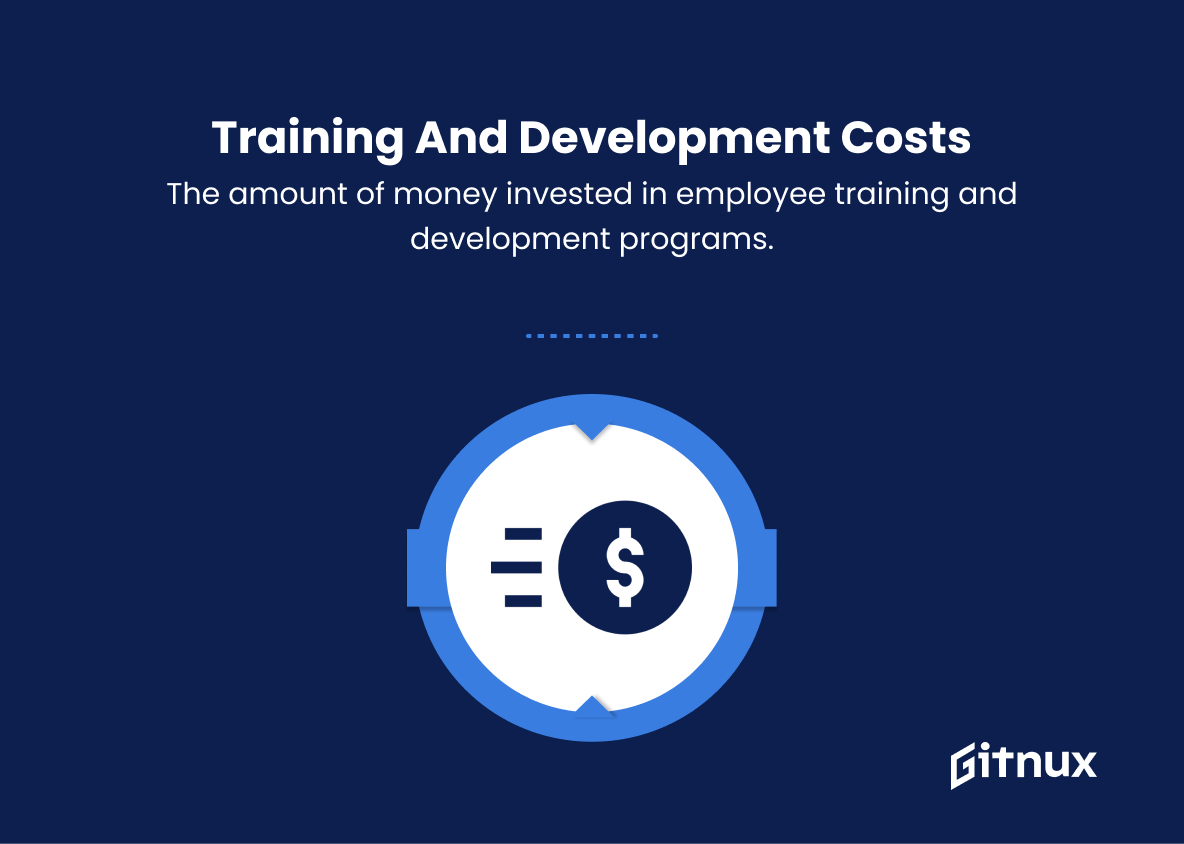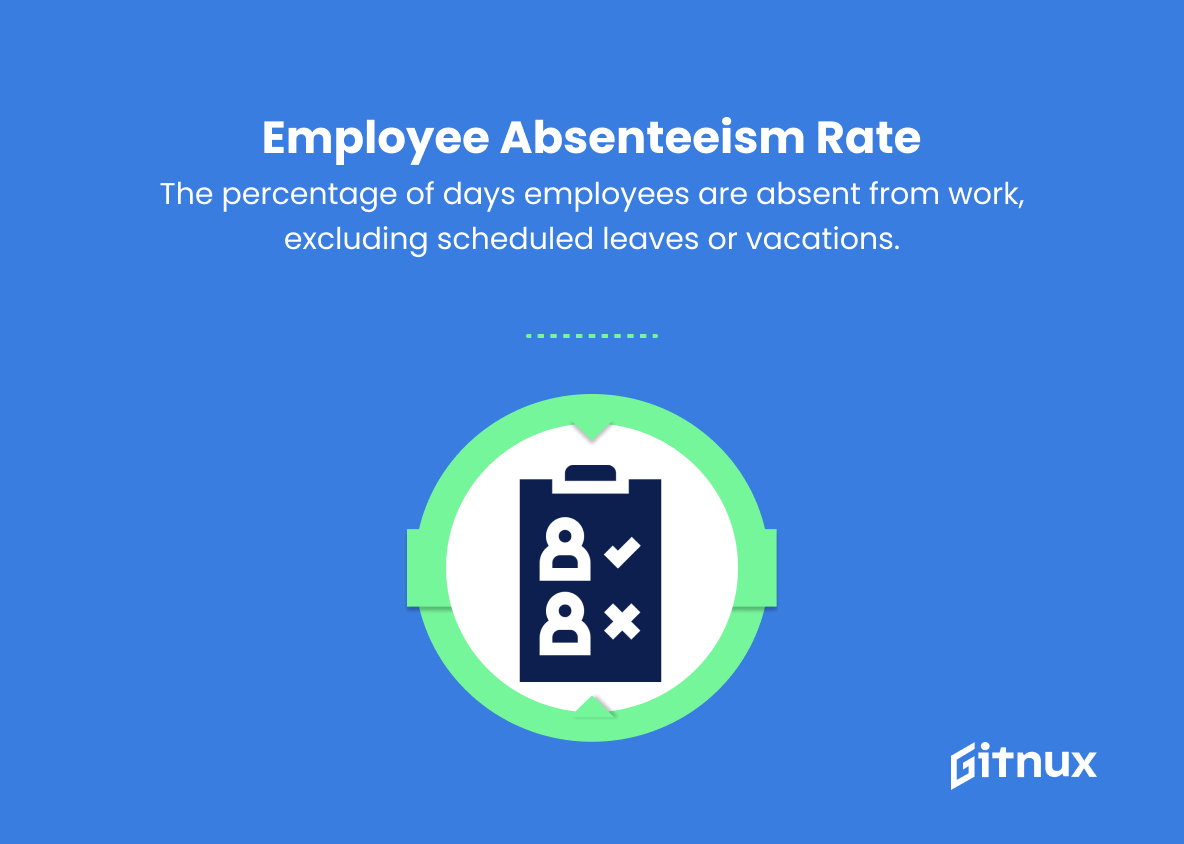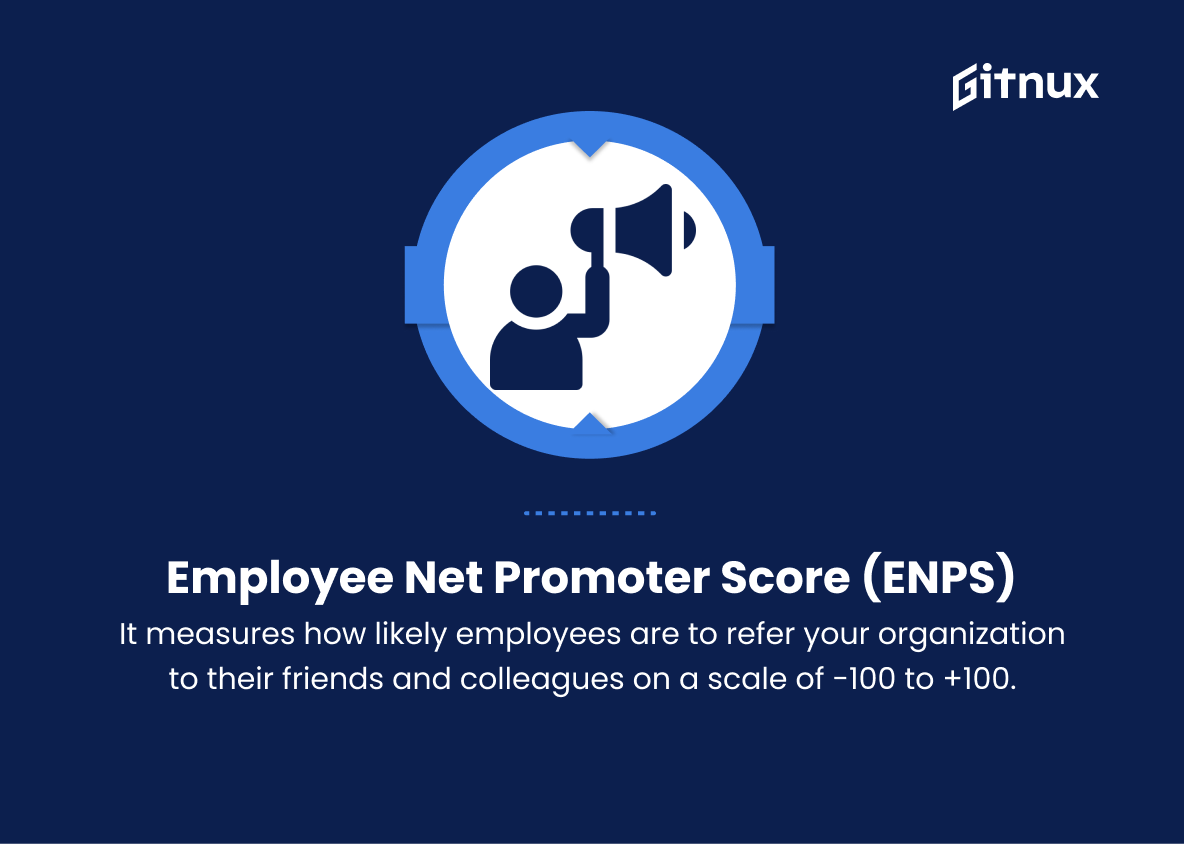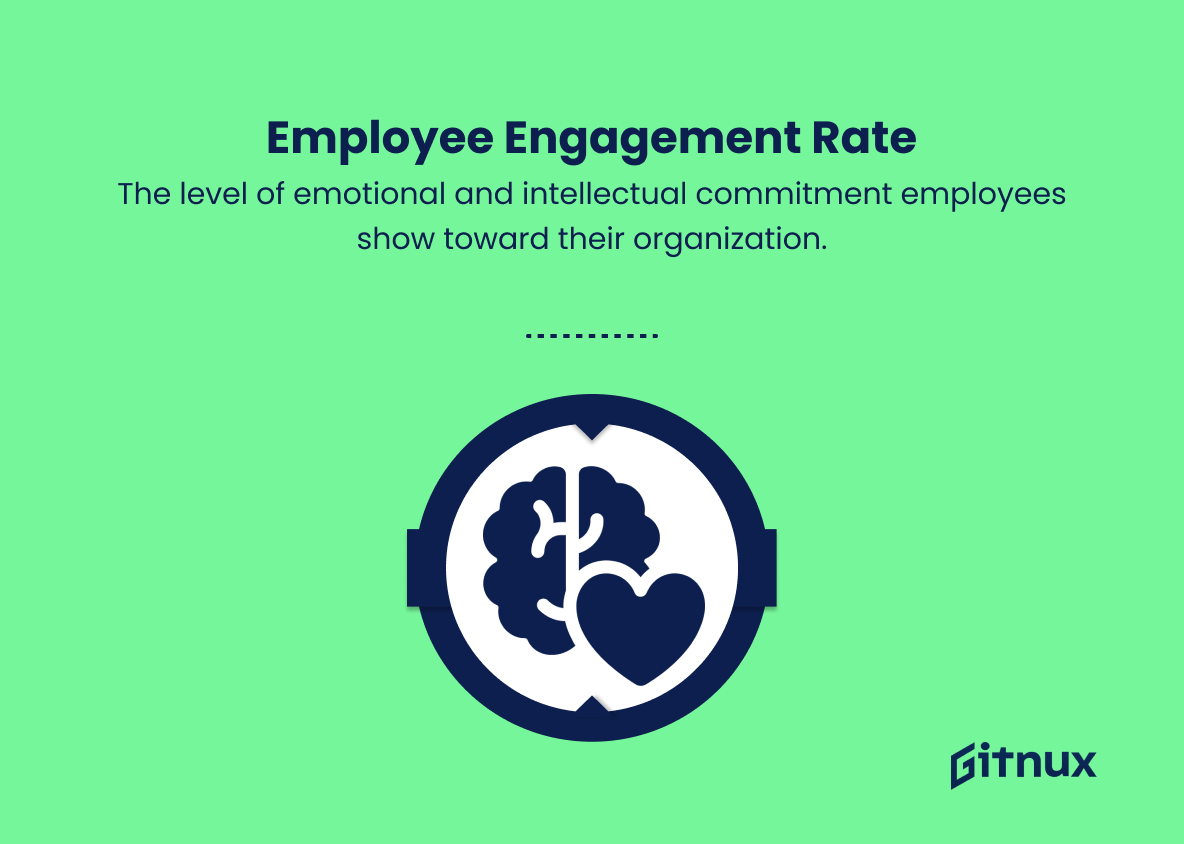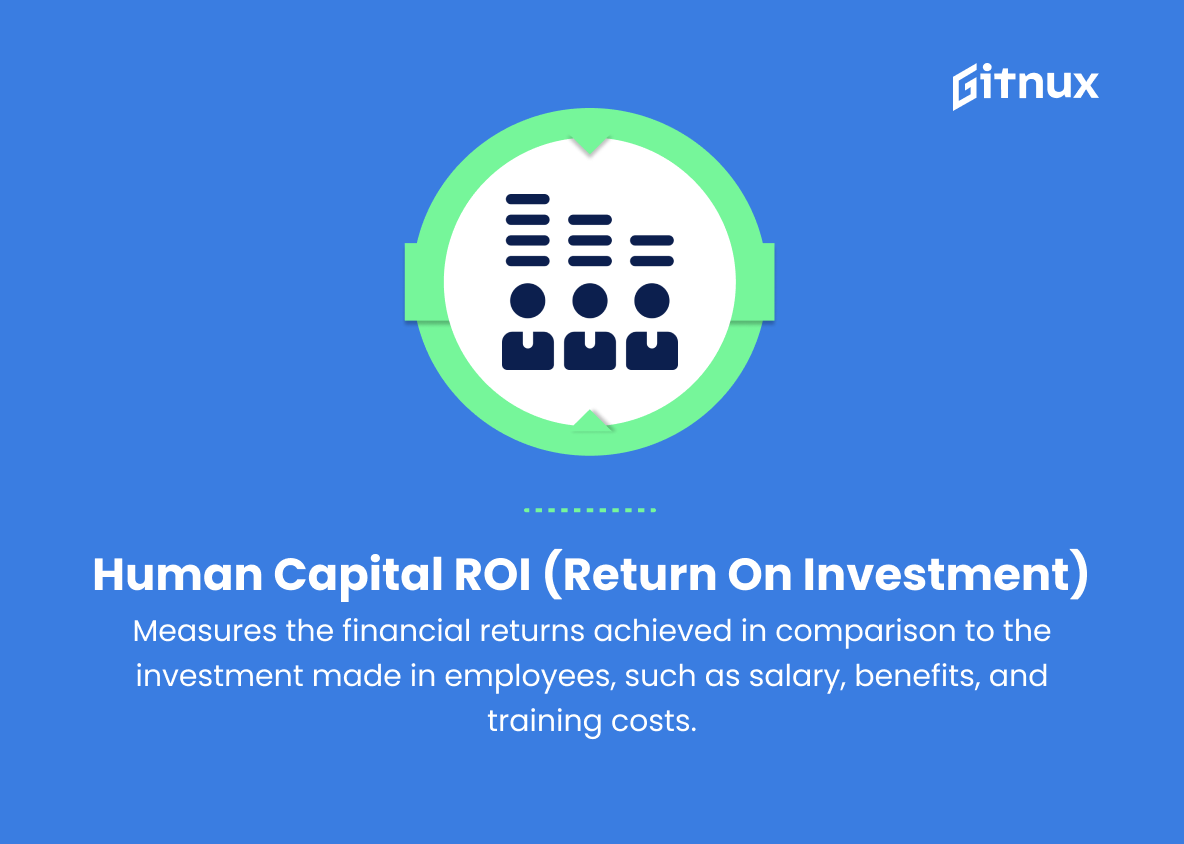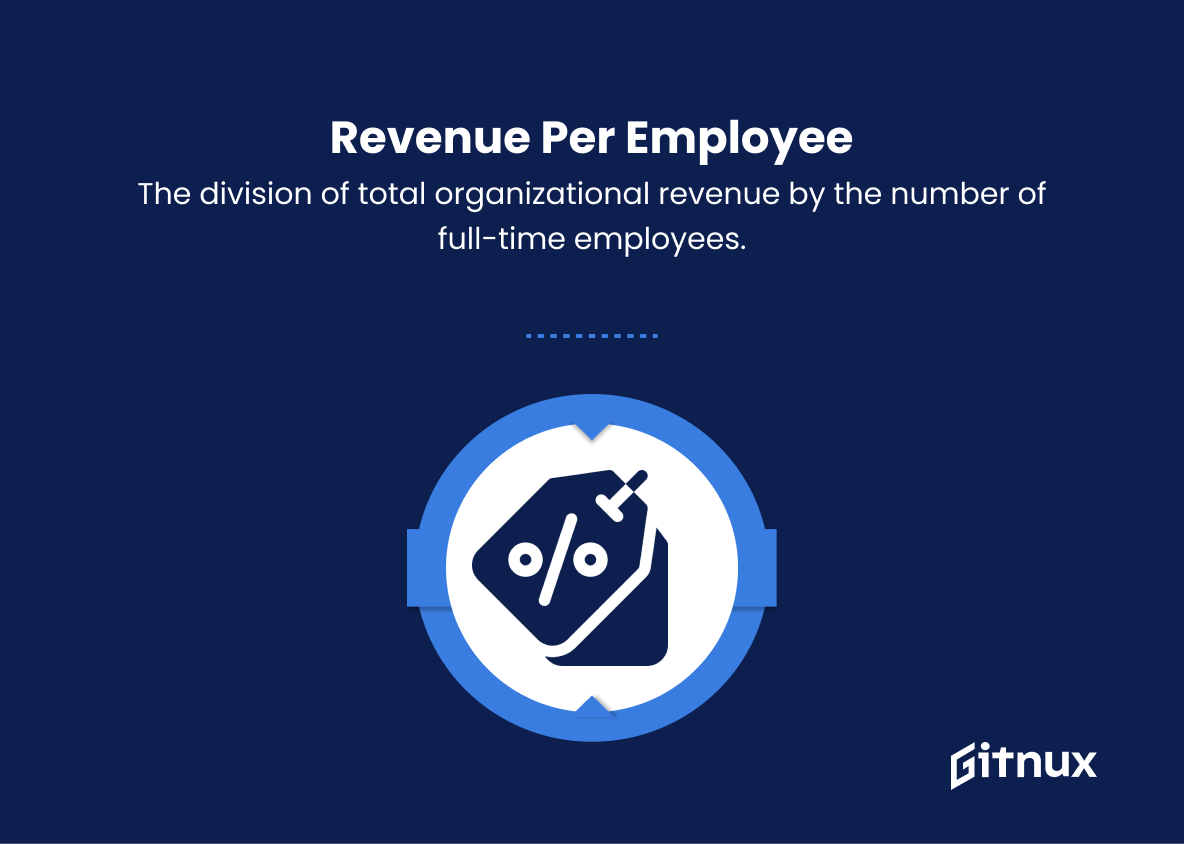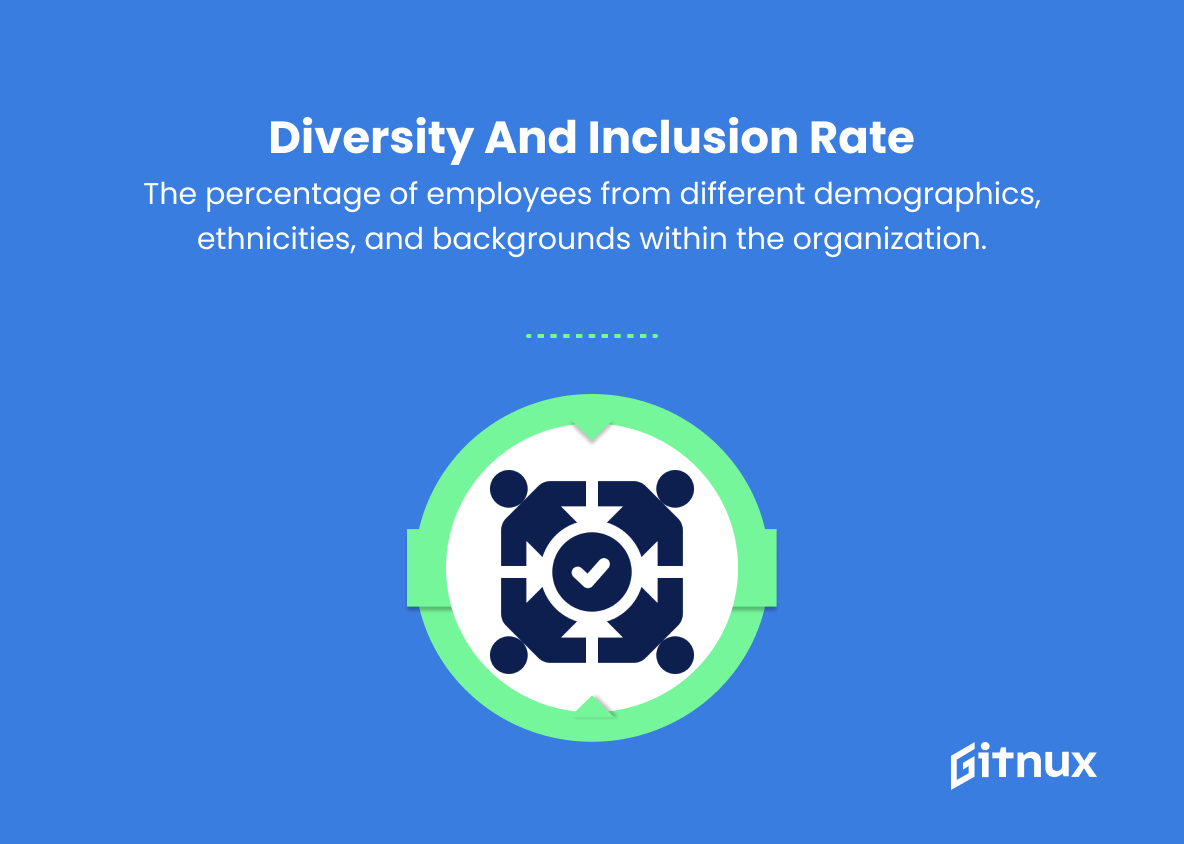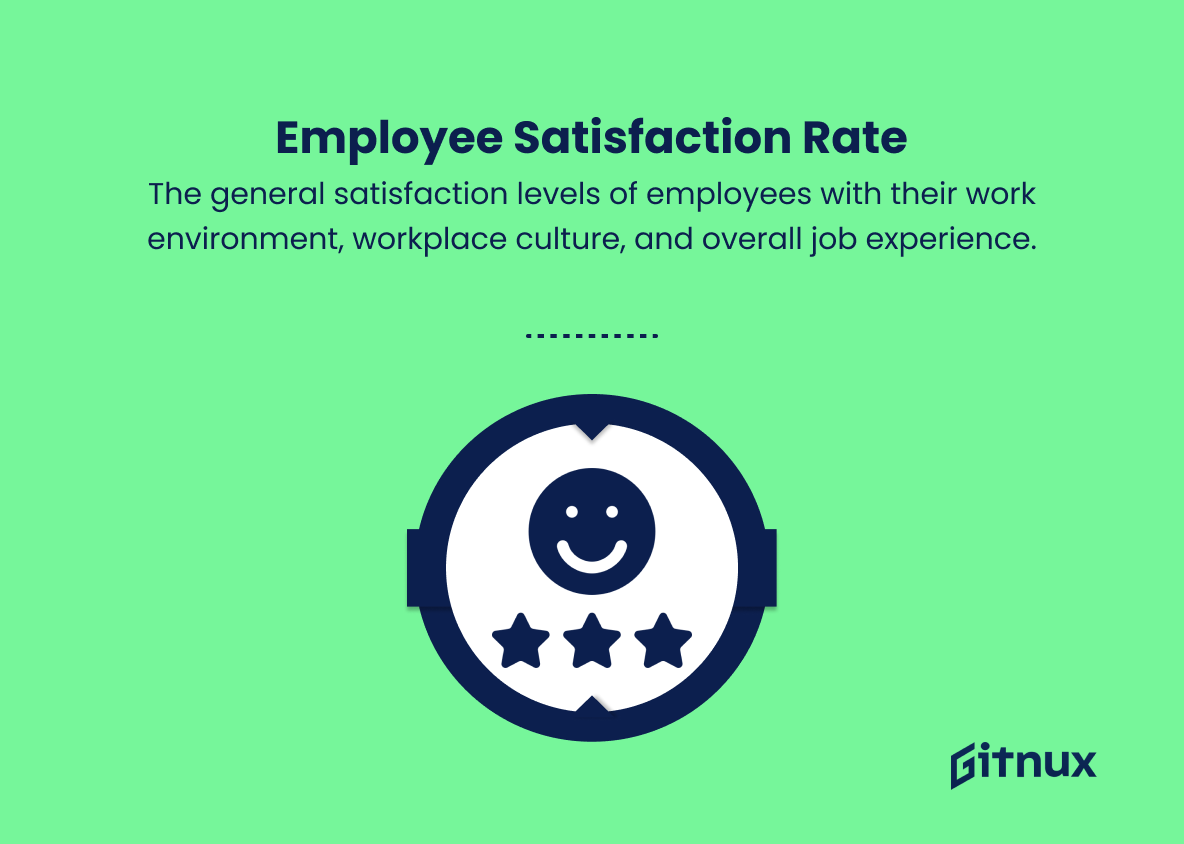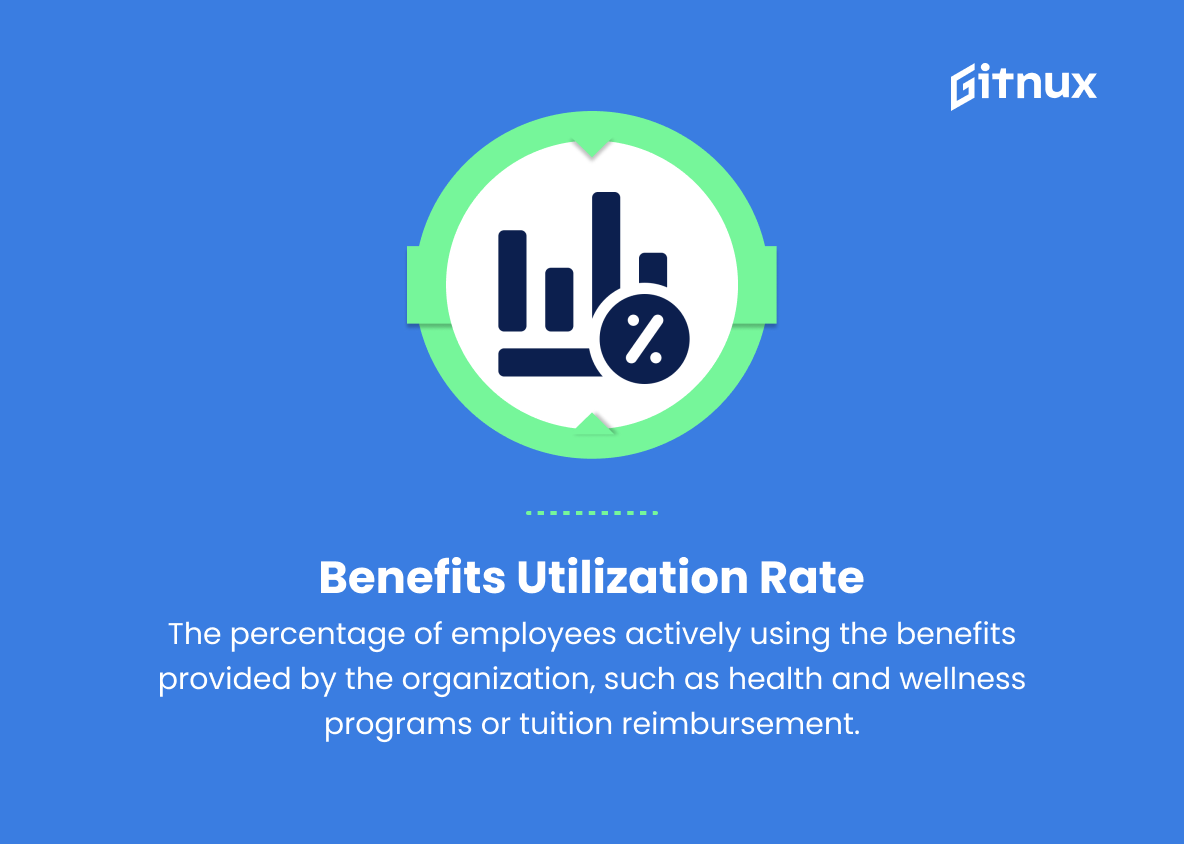In today’s competitive business environment, the efficiency and effectiveness of the Human Resources (HR) department play a critical role in the overall success of an organization. To ensure that HR management is aligned with an organization’s goals and continuously contributes to its growth, Human Resources Key Performance Indicators (KPIs) are essential. These quantifiable metrics provide insight into the functioning of the HR department and serve as benchmarks against which its progress, successes and shortcomings can be evaluated.
In this data-driven age, understanding and leveraging these KPIs can truly make the difference between stagnation and progress. In this blog post, we will delve deep into the realm of HR KPIs, exploring their importance, the key metrics to track, and how they can be effectively used to streamline HR processes and drive organizational growth. So buckle up and join us as we navigate the world of HR KPIs and unlock their potential to make the workplace environment more conducive and productive for all stakeholders.
Human Resources KPIs You Should Know
1. Employee Turnover Rate
Measures the number of employees who leave the organization within a specific period, typically calculated monthly or annually. High turnover rates can indicate issues with employee satisfaction, retention, or recruitment.
2. Time to Hire
The average time it takes to fill a vacant position, from job posting to hiring the candidate. Shorter time-to-hire rates indicate efficient recruitment processes.
3. Cost per Hire
The total cost involved in hiring a new employee, including recruitment, training, and onboarding expenses. Lower costs suggest more efficient hiring strategies.
In the highly competitive world of business, the efficiency and effectiveness of the human resources (HR) department play a vital role in the overall success of an organization.4. Training and Development Costs
The amount of money invested in employee training and development programs. This KPI ensures continuous employee growth, improved job performance, and better employee engagement.
5. Performance Appraisal Completion Rate
The percentage of employee performance reviews completed on time. High completion rates indicate that managers are effectively monitoring and discussing employee performance.
6. Employee Absenteeism Rate
The percentage of days employees are absent from work, excluding scheduled leaves or vacations. High absenteeism rates can signal poor employee engagement, burnout, or workplace issues.
Human Resources KPIs play a crucial role in understanding and managing an organization’s workforce effectively.7. Employee Net Promoter Score (eNPS)
A metric used to gauge employee satisfaction and loyalty. It measures how likely employees are to refer your organization to their friends and colleagues on a scale of -100 to +100.
8. Employee Engagement Rate
The level of emotional and intellectual commitment employees show toward their organization. Higher engagement rates indicate increased employee satisfaction, productivity, and retention.
9. Human Capital ROI (Return on Investment)
Measures the financial returns achieved in comparison to the investment made in employees, such as salary, benefits, and training costs. Higher ROI indicates more effective and efficient human capital utilization.
10. Revenue per Employee
The division of total organizational revenue by the number of full-time employees. A higher ratio suggests greater productivity and effective human resource management.
11. Skills Gap Analysis
Identifies the difference between the skills required for a particular job and the actual skills possessed by employees. Regular assessment ensures continuous skill development and helps maintain a competitive workforce.
12. Diversity and Inclusion Rate
The percentage of employees from different demographics, ethnicities, and backgrounds within the organization. A diverse workforce can boost creativity, innovation, and employee satisfaction.
13. Leadership Effectiveness
Evaluates the effectiveness of company leaders, such as managers and supervisors, in driving employee performance and engagement. Factors include communication, motivation, and goal-setting abilities.
14. Employee Satisfaction Rate
The general satisfaction levels of employees with their work environment, workplace culture, and overall job experience. Higher satisfaction rates indicate greater long-term employee retention and commitment.
15. Benefits Utilization Rate
The percentage of employees actively using the benefits provided by the organization, such as health and wellness programs or tuition reimbursement. Higher utilization rates suggest that the benefits offered align well with employee needs and preferences.
Human Resources KPIs Explained
HR KPIs play a critical role in understanding and effectively managing an organization’s workforce. Metrics such as employee turnover rate, time to hire, and cost per hire help organizations identify recruitment, retention, and satisfaction challenges so they can optimize their hiring strategies. At the same time, focusing on training and development costs and performance review completion rates ensures continued employee growth and improved job performance.
Monitoring employee absenteeism, eNPS, and engagement rates can signal underlying issues such as burnout or job dissatisfaction that ultimately impact productivity and retention. Human Capital ROI and Revenue per Employee measure the overall effectiveness of people management and provide valuable insight for future investments. Identifying gaps in employee skills and promoting a diverse workforce through Skills Gap Analysis and Diversity and Inclusion Rate fosters innovation and a high-performance culture.
Assessing Leadership Effectiveness and Employee Satisfaction Rate ensures that organizational structures support growth and retention, while Benefits Utilization Rate reflects the alignment of company benefits with employee needs and values. Collectively, these KPIs help organizations maximize workforce potential and ensure long-term success.
Conclusion
As the business environment continues to change and the role of human resources expands, incorporating and tracking HR KPIs within an organization becomes critical to success. By measuring employee performance, engagement, hiring processes, and retention, HR professionals can identify and address key areas for improvement.
These KPIs serve as valuable tools for adjusting organizational strategies, improving the employee experience, and ultimately driving business results. However, it is essential to approach HR KPIs as an ongoing and evolving process to ensure that your organization remains agile and competitive in the ever-changing world of work.



